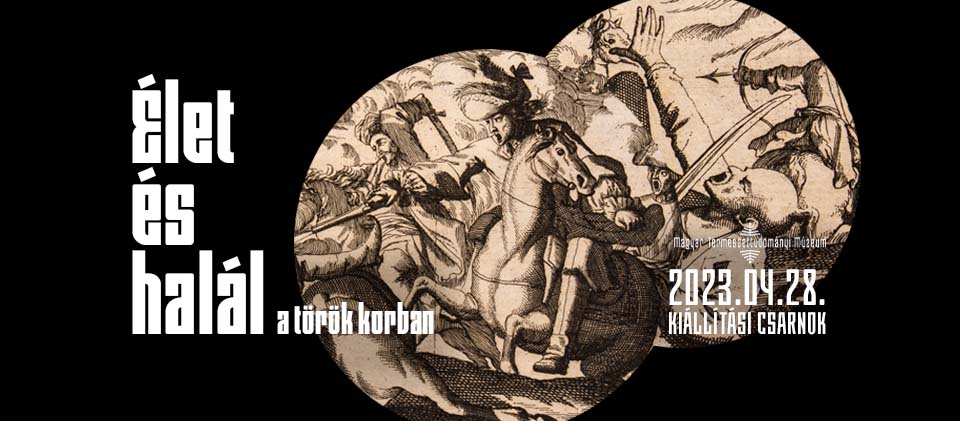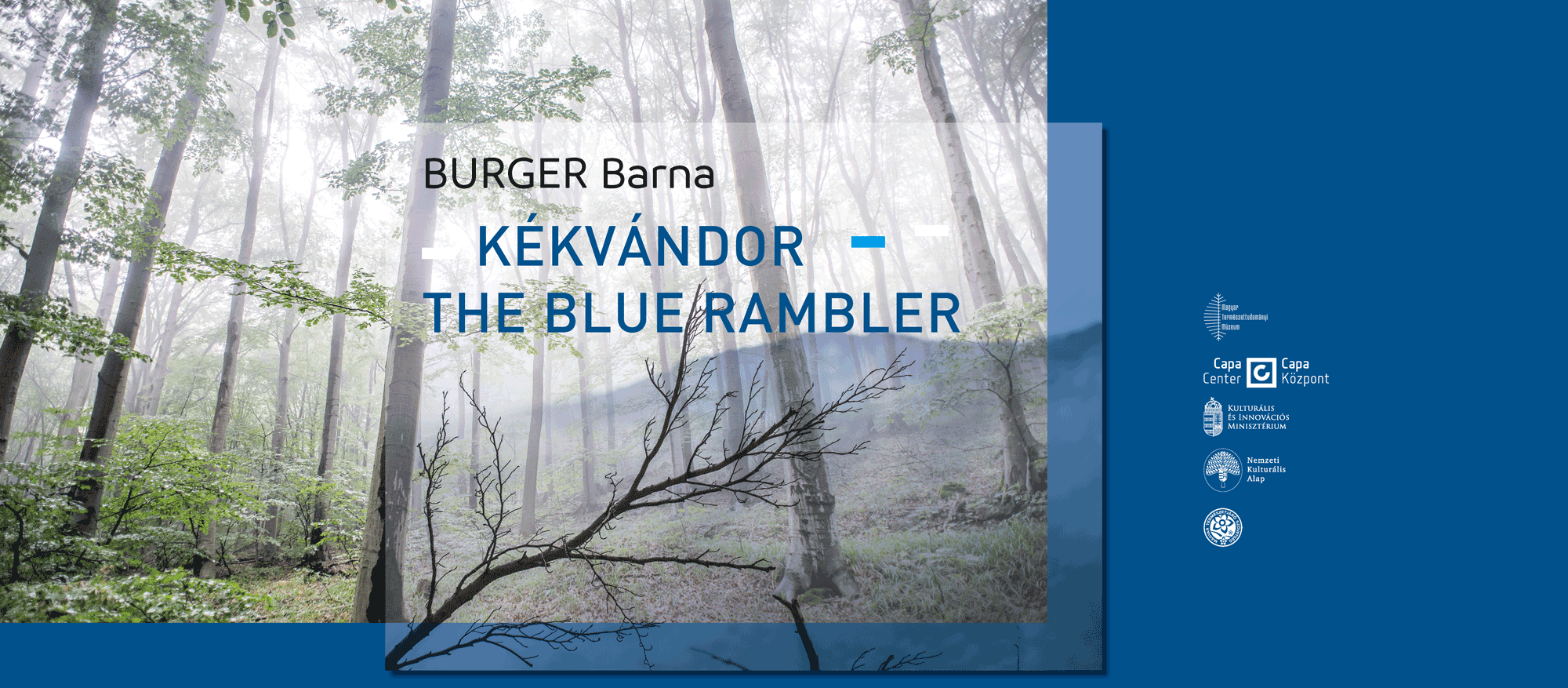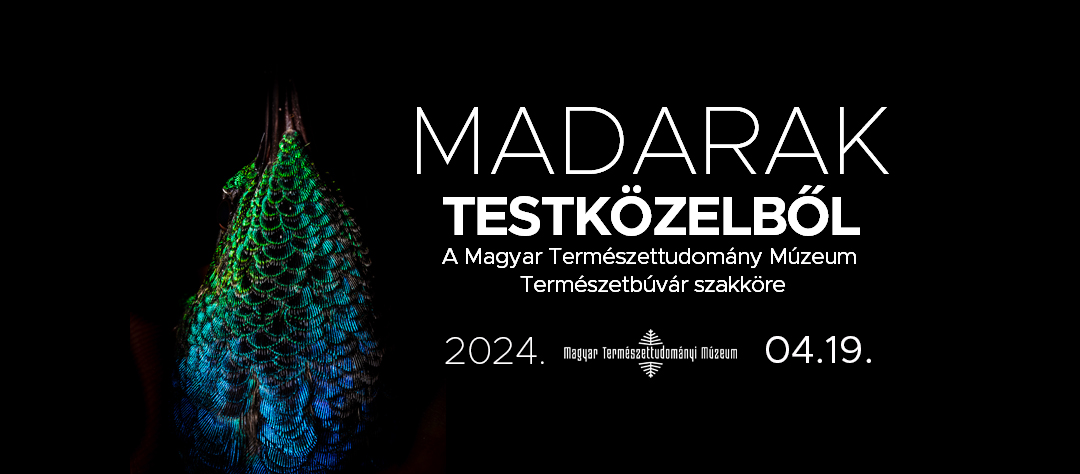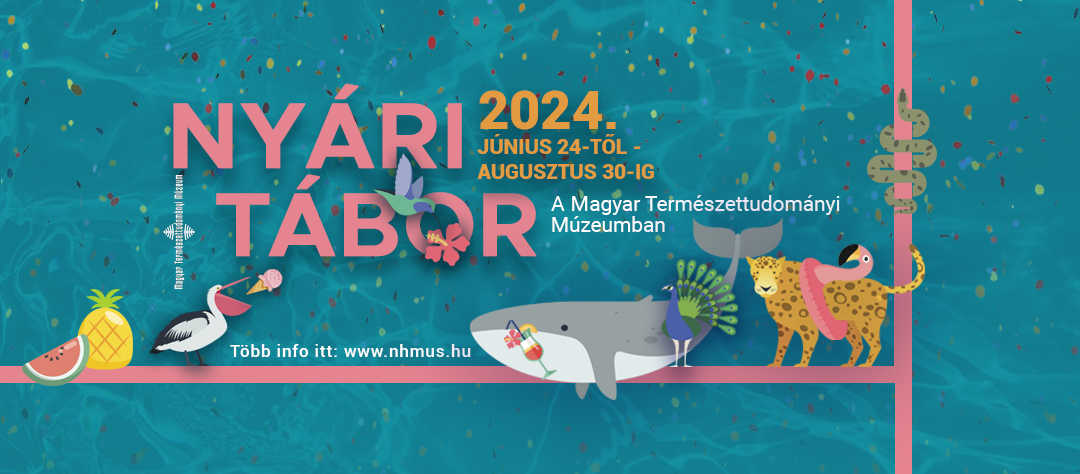
The Invertebrate Palaeontological Collection predominantly comprises fossils from the Carpathian Basin. However, we preserve considerable amount of material from other parts of Europe, and there are specimens from Asia, Africa, Australia and America as well. Ninety percent of the specimens have been identified to the family level, while 75% to the species level. Type specimens are kept separately from other materials.
Staff
Collection manager: Alfréd Dulai Curators: István Főzy, Zoltán Szentesi, Ottilia Szives
Volunteers: Tibor Kecskeméti, János Szabó, Attila Vörös
Preparator: Henriett Acsai
Collection size
Inventory entries: cc. 80,000
Total number of specimens: 2-3 millions
Type taxa: 986
Type specimens:1,530
Remarkable collections
Palaeozoic and Triassic Invertebrates
Owing to geographic conditions of Hungary, the Palaeozoic unit (trilobites, brachiopods, nautiloids, corals, sponges, etc) mostly consists of materials from abroad (the Czech Republic, Germany and France). In the Triassic set, however, we preserve internationally significant fossils such as the Megalodontidae collection of Sándorné Végh or the ammonites and brachiopods of the Balaton Uplands.
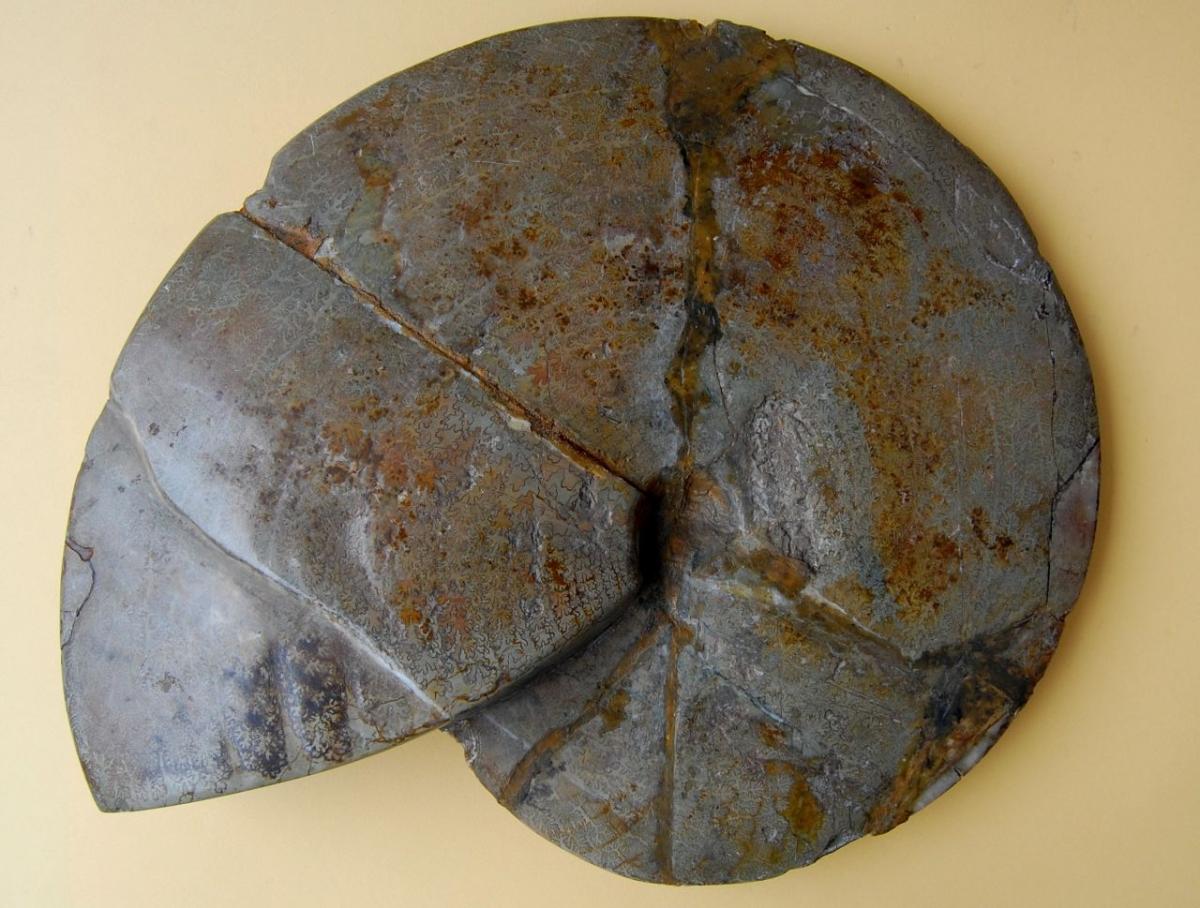
Triassic ammonite (Pinacoceras metternichi)
Jurassic Invertebrates
Although mainly materials from Hungary and other parts of the Carpathian Basin form this section, it also has items for instance from Germany, Austria, France, England, Italy and Poland in a large amount as well. In regards to their beauty, the Holzmaden crinoids definitely belong to the most remarkable ones. The Hungarian material includes ammonites and brachiopods from the Bakony Mountains and the Balaton Uplands which are highly significant from evolutional, palaeoenvironmental and palaeogeographic points of view.
Coquand Collection
After the conflagration caused by a bomb that hit the building of the collection in 1956, the Geological Institute of Hungary donated the Jurassic part of Henri Coquand’s palaeontological collection to our Museum. The specimens (approximately 30,000 items) were brought to our country by Andor Semsey, who purchased them from Coquand’s heirs in 1882.
Cretaceous invertebrates
Most Cretaceous invertebrate fossils are Cephalopoda specimens (belemnites, ammonites) which were found in Hungary afrom the collection of József Fülöp, Gerecse-mountains. Our cretaceous collection also contains valuable corall species from the world famous Northern-Alp's Gosau stratum.
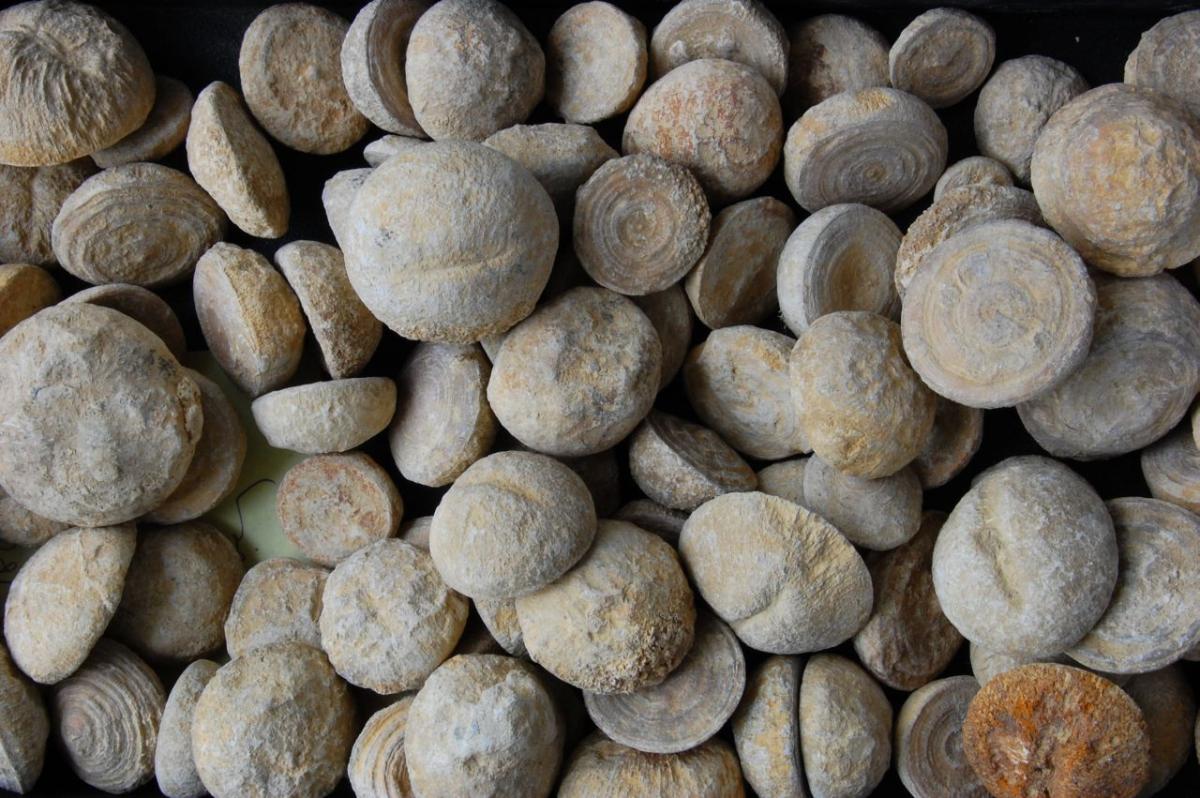
Cretaceous coral (Cunnolites)
Palaeogene invertebrates
Our Palaeogene (Eocene and Oligocene) invertebrate fossils mostly originate from Hungary. The most valuable materials are the followings:
- from the Eocene
- protozoans (unicellular organisms) (for instance Miksa Hantken’s nummulites),
- molluscs and corals from Dudar, Tatabánya and Gánt,
- Pál Müller’s Decapoda collection,
- from the Oligocene:
- molluscs from Eger and Óbuda,
- Tamás Báldi’s Glycymerididae collection.
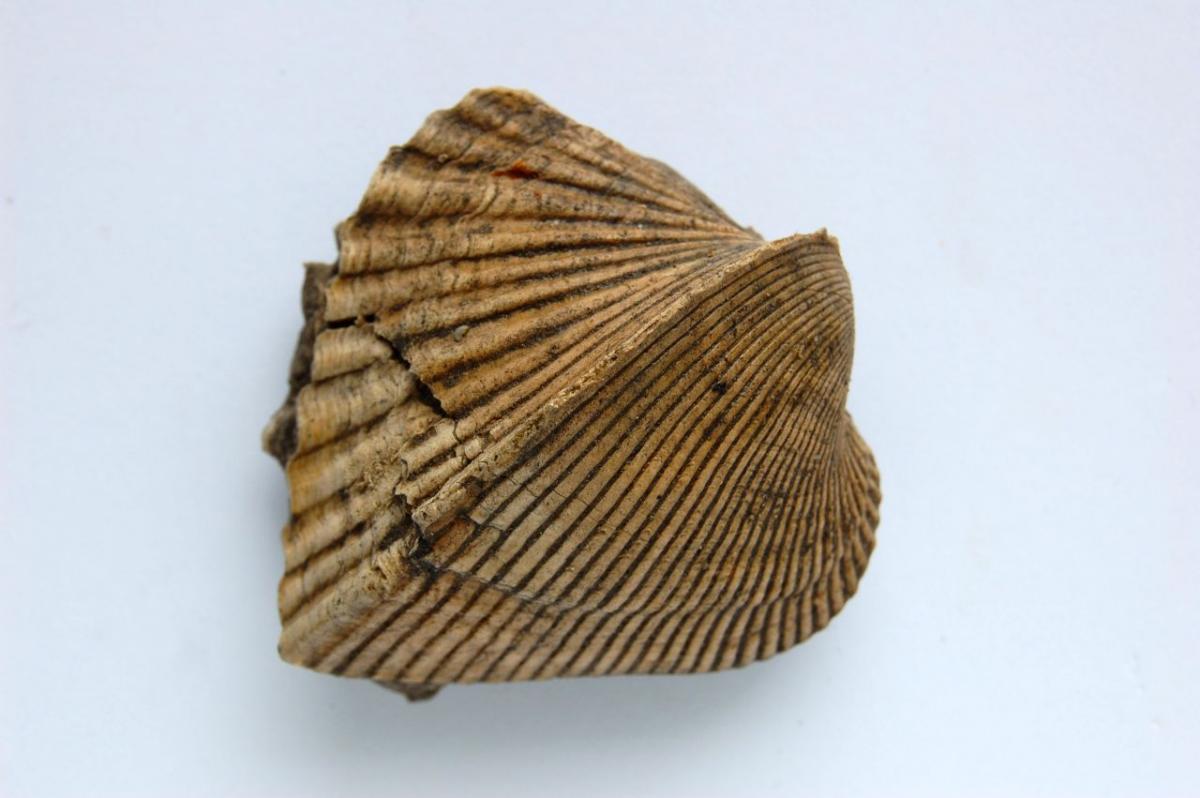
Eocene shell (Lithocardium)
Neogene and Quaternary Invertebrates
Miocene materials collected from the Carpathian Basin are internationally significant. This collection includes fossils (mostly molluscs) that lived once in the Middle Paratethys sea and later in the Pannonian Lake which became less saline and disconnected from the Paratethys. The number of invertebrate fossils of the Pannonian Lake that we preserve reaches several thousands. The most remarkable subunits of the collection are:
- Ilona Meznerics Csepreghyné’s Neogene Pectinidae collection
- Pál Müller’s Decapoda collection
- Gábor Kolozsváry’s coral and Balanidae collection
Availability
The collection is open for visitors by appointment only.
Most collection materials are available for loan and scientific examination for external researchers.
To discuss any of your requests please contact our curator: dulai@nhmus.hu
Research loans
Loan policy statement (PDF)
Loan agreement (DOC)
On-site examination
Terms and Conditions (PDF)
Research permit form (DOC)
